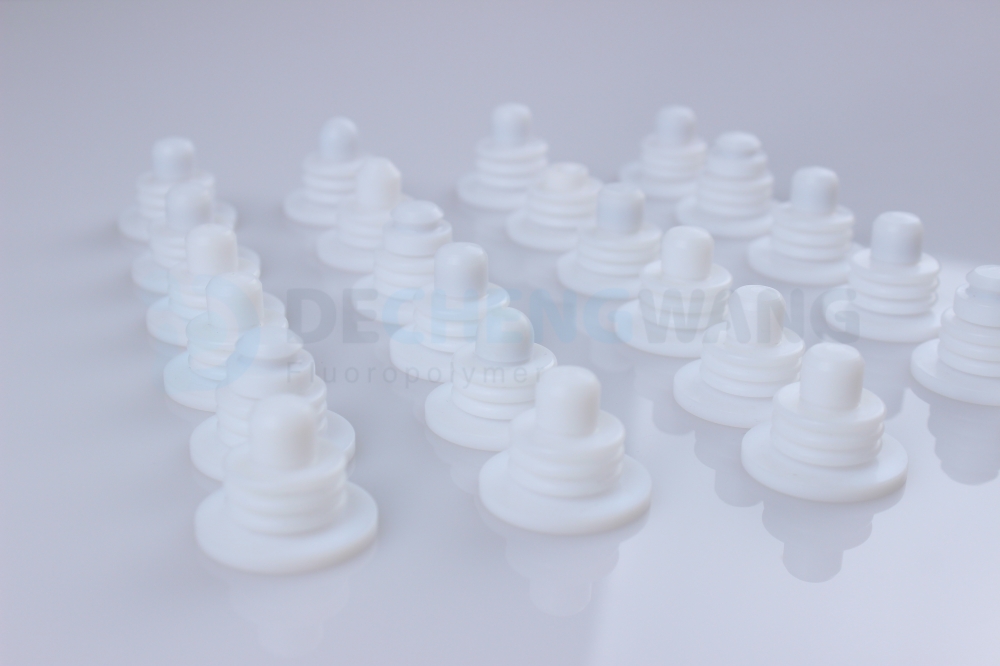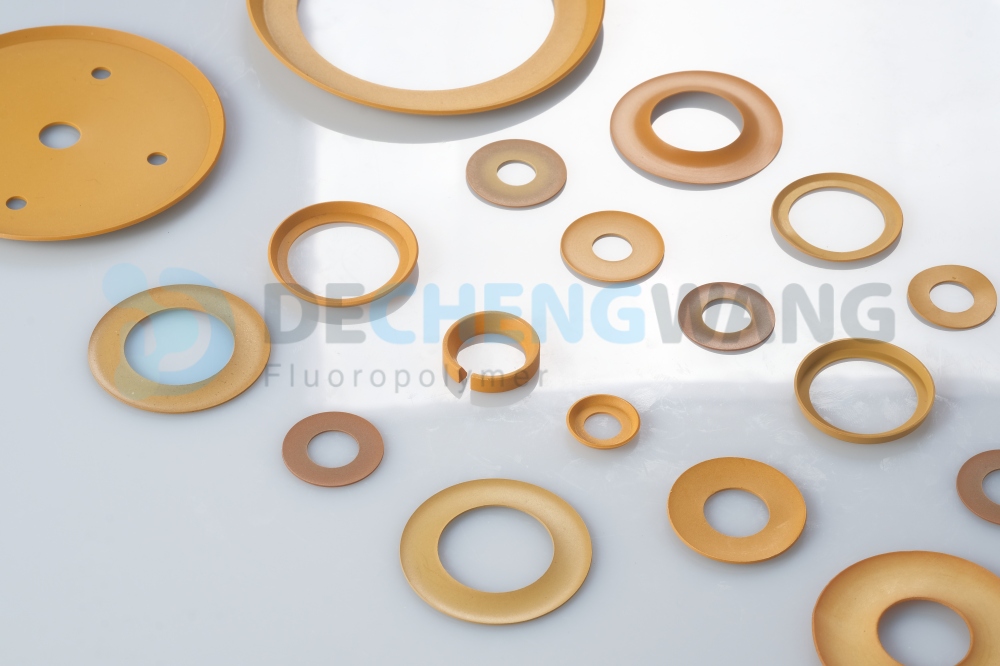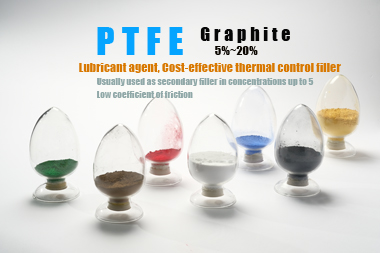Although most people only know of the widespread use of fluoropolymer coatings as nonstick coatings for cookware, they are utilized in various industries. Fluoropolymers are a part of the plastic resins family which are based on the fluorine/carbon bond. The family of products
can be altered by adding or removing fluorine from that link using other bonds.Fluoropolymers are robust, light, and long-lasting materials. They perform well in tough settings and can withstand heat, water, salt, and chemicals. Fluoropolymers are incredibly diverse, and this post explores the material in detail.
What is Fluoropolymer?
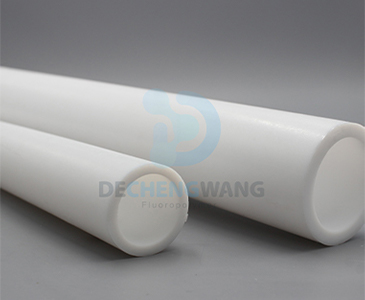
If you’ve ever wondered what fluoropolymer is, here is your answer. Fluoropolymers are organic compounds consisting of carbon-fluorine bonds. They are used in a wide variety of applications because of their chemical and electric resistance. Polytetrafluoroethylene, also known as PTFE, trademarked as “Teflon,” was the first fluoropolymer to have been discovered.
Polytetrafluoroethylene, or PTFE, is a fluoropolymer that is well known. PTFE fluoropolymer’s resistance to the majority of toxins has made it one of the most valuable and adaptable materials available today. Actually, more fluoropolymers have been created since the invention of PTFE injection molding and are utilized in various products, including nonstick cookware, stain-repellent materials, communications equipment, and electronics.
The robust and polar connection between fluorine and carbon gives fluoropolymers their low surface energy, low coefficient of friction, and good water resistance. High chemical resistance, exceptional dielectric characteristics, and biocompatibility characterize these exceptionally well-liked industrial application materials. As a result, they are the best option for various medical
applications, including flexible tubing and catheters.History of Fluoropolymers
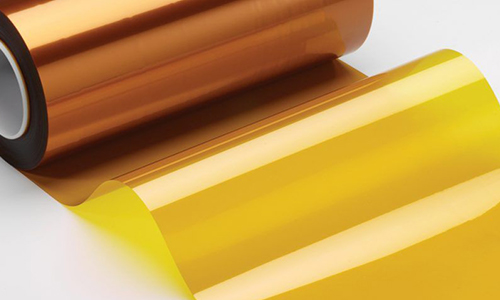
Fluoropolymers were accidentally discovered in 1938 by scientist Roy J. Plunkett. He opened the valve on one gas cylinder while dealing with fluorocarbon gasses, but no gas came out of it. After cutting it apart, he found a white waxy substance within the cylinder that wouldn’t melt or disintegrate. This was PTFE, now more commonly referred to as Teflon, and the most used fluoropolymer substance today.
Simply put, they are some of the most robust materials available and the “superheroes” of the plastics business. The most widely used materials include PTFE, PFA, PVDF, ETFE, FEP, and FEP.
One of the most essential and valuable
technologies ever created, PTFE is widely used in commercial applications because it is said to be the slickest substance known to man. PTFE has helped develop and advance numerous industries, including electronics, aerospace, automotive, etc.Ever since its invention and registration in 1945, Teflon has become omnipresent in households, especially in the form of non-stick cookware. Some other applications that utilize it are:
- Fabrics and textile goods with soil and stain resistance.
- Excellent coating for tough manufacturing conditions and industrial products.
The invention and innovation of new products that utilize the use of this polymer started soon after the first TeflonTM products hit the market in 1946 and it is not showing any signs of slowing down. The discovery of PTFE can be labeled as a serendipitous accident or the product of sheer genius, regardless, it is unquestionable that PTFE revolutionized the plastics industry and several other related industries such as the pharmaceutical, aerospace engineering, military, and automobile industries.
The scientific, academic, and civic sectors all across the world have praised Plunkett’s work. Therefore, the Chemours Plunkett Awards was set up to honor the spirit of Dr. Plunkett’s creation on a global scale.
Production Process of Fluoropolymers
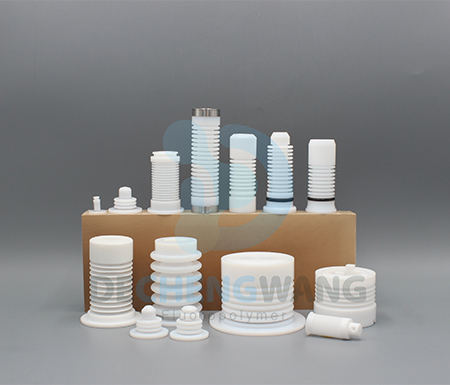
Thermoplastic resins like ethylene are used to manufacture fluoropolymers. This is done by replacing some of the hydrogen atoms in the carbon chains in these resins with fluorine or fluorinated alkyls. Some of the fluoropolymers are also produced industrially. Homopolymers like PTFE are produced by creating long polymer chains of monomer units while copolymers combine two or more types of monomers to create unique polymers with a wide range of applications owing to their chemical, mechanical, thermal, and electrical qualities.
Mechanical and Physical Characteristics
Due to its numerous outstanding qualities, many people consider PTFE to be the “gold standard” among fluoropolymers. The subsequent creation of new fluoropolymers, such PFA material, and FEP, attempted to create polymers with the same qualities as PTFE but that could be melt-processed because PTFE was already so highly sought-after.
The majority of PTFE’s favorable qualities come from its straight-chain perfluorinated polymer, which has the highest level of fluorine saturation. Strong and brief C-C bonds run the length of the polymer backbone of PTFE, and when paired with the high polymer C-F bonds that protrude outward, they produce a solid with a high density and crystallinity.
Thermal Characteristics
Like all fluoropolymers, PTFE gains its thermal properties due to the combined effect of carbon-fluoride bonds. The carbon-fluorine bond is one of the strongest organic bonds in chemistry and this grants PTFE its ability to withstand a wide range of temperatures and can withstand up to 260 °C (500 °F). It maintains its strength, toughness, and slipperiness at temperatures as low as 5 K or −268.15 °C and −450.67 °F and also maintains its flexibility at extremely high temperatures. These qualities make it immensely useful in the aerospace and automobile industry.
Electrical Characteristics
The carbon-fluorine bonds found in fluoropolymers provide them with the exceptional quality of being electrically stable and that too over a broad range of temperatures. The dielectric constant as well as the dissipation factor of PTFE remains relatively stable from room temperature to temperatures as low as -250 °C (-418 °F).
Due to their dielectric constant, they are also able to insulate adequately and show excellent resistance to voltage no matter what the temperature is or how old they get. This dielectric strength can be further enhanced during the manufacturing process by reducing vacancy formation and making the fluoropolymer fully fluorinated.
Features and Benefits of Fluoropolymers
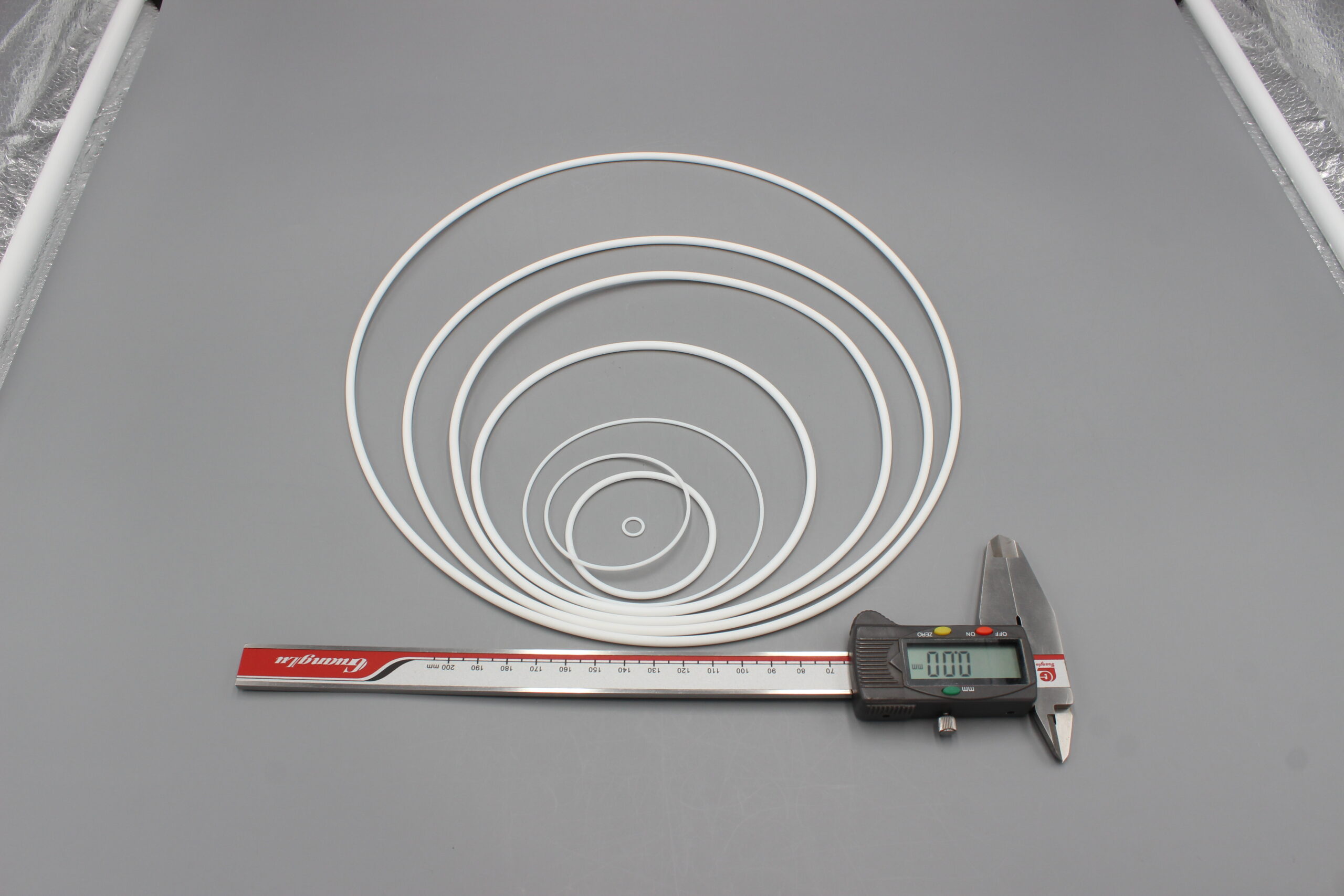
The petrochemical and chemical processing industries are the ones that demand fluoropolymers the most. They line pipes and tanks that are exposed to harsh chemical conditions and improve the safety and performance of airplanes and vehicles.
Fluoropolymers work well as flame retardants in factories and structures. One of the well-known uses in this industry is the non-stick coating on frying pans and other bakeware. They also cover wires and kitchenware.
Fluoropolymer resins are used in the semiconductor sector to safeguard tools, systems, and equipment from chemical pollution. They are also used in implant and catheter components in the biomedical field.
Because van der Waals forces are weak, fluoropolymers like PTFE exhibit low surface tension and a low coefficient of friction. As a result of the (multiple) carbon-fluorine bonds’ exceptional stability, which rises with the number of fluorine atoms in the repeat unit, they also exhibit exceptional chemical, high temperature, and weathering resistance.
PTFE is the poly fluoro olefin with the highest volume. This polymer’s performance characteristics are distinct. It can be utilized at very high and shallow temperatures because of its exceptional thermal resistance. It has one of the lowest coefficients of friction among all polymers.
PTFE is stable even in strong acids and bases and cannot be dissolved in any common solvent below its melting point. It is perfect for applications requiring strong durability, extensive chemical resistance, a wide operating temperature range, outstanding dielectric characteristics, minimal friction, and non-stick.
Due to its high crystallinity, melting point, and melting viscosity, common PTFE products like PTFE sealing rings cannot be processed using the standard melt-processing techniques for plastics. Instead, the granular resins are treated by compression molding at room temperature, followed by sintering above the crystalline melting point, much like when the metal powder is formed.
Several other fluoropolymers with lower melting points and higher crystallinity were created to address PTFE’s lack of melt processability. Polyvinylidene fluoride (PVDF) is notable among these.
PVDF is a unique thermoplastic created by polymerizing vinylidene fluoride. Ionizing radiation is used to polymerize PVDF which causes the polymer to cross-link. This gives the fluoropolymer its incredibly thermally stability and it shows no signs of oxidative breakdown with time either.
It demonstrates piezoelectricity or the ability to hold electrical charge under mechanical stress. It is also quite resistant to oxidation reactions, radioactivity, microbial or fungal growth, and UV damage. It also has a strong tensile strength and is resistant to tensile creep and fatigue.
Another important fluoropolymer is polyvinyl fluoride (PVF). It is a semicrystalline, clear to opaque thermoplastic with high tensile strength, lightweight and moisture resistance. Its degree of crystallinity impacts its chemical and mechanical properties but by and large, it resists staining as well as weathering damage and is mostly resistant to a wide range of chemical solvents except for ketones and esters. Its thermal resistance makes it suitable for injection molding as it can withstand service conditions with temperatures reaching 200-380 K.
Cons of Fluoropolymers
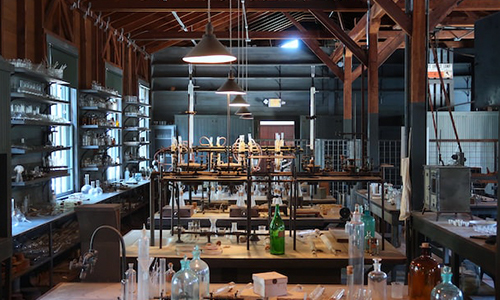
There needs to be more clarification regarding fluoropolymers as certain of them are the focus of increased media attention and investigation. This misunderstanding is caused less by the fluoropolymers and more by the raw ingredients used to make them.
PFOA (perfluorooctanoic acid) and PFOS were the two types of acids historically used to manufacture fluoropolymers (perfluorooctanesulfonic acid). Due to their special characteristics, PFOA and PFOS are persistent in the environment and, if ingested, can build up over time in the body. Exposure to PFOA and PFOS may have harmful consequences on human health, while these effects’ exact nature is unknown.
Eight significant chemical firms decided to stop using PFOA and other long-chain fluorinated chemicals in their products when worries about these processing ingredients surfaced.
The material’s drawbacks apply only to the application; while some fluoropolymers like PTFE materials are a marvel in many aspects, not all applications are suitable. Depending on the application, the following drawbacks may make PTFE an undesirable choice:
- Production volumes – mass production is challenging because one size does not fit all.
- Cost: It is not a cheap polymer.
- When put under strain, it can alter the shape.
- It cannot be welded, so customizable options are challenging.
- It melts around 326 degrees Celsius because it cannot resist extremely high temperatures.
- The fluoropolymer coating is susceptible to deterioration while the fasteners are assembled in the field.
- Damage to the fasteners exposes bare metal, which starts to corrode and cause the coating to fail.
Common Types of Fluoropolymers
A big, connected molecule with repeated carbon-fluorine linkages is a fluoropolymer. Polymers come in a wide variety of forms, some of which are created artificially in laboratories and others of which are found in nature.
Although carbon-fluorine examples are frequently modified, they are also frequently among the best at preventing breakdown and maintaining cohesiveness in harsh conditions. In addition to having a variety of uses in daily life, such as cleaning goods, and rain jackets. These kinds of compounds are frequently employed extensively in production, particularly when it comes to PTFE moldings.
These substances’ safety has been questioned, especially if consumed or inhaled. The following is a list of the primary fluoropolymer kinds. The major goal is to provide a comprehensive overview of the key characteristics of various plastics so that you can distinguish between them, even though your demands may necessitate a more nuanced choice of material.
Polytetrafluoroethylene (PTFE)
Due to its low friction and inertness, it is used in various settings, including seals, sealing tape, chemical linings, etc. It cannot be extruded using the standard extrusion technique since it cannot be melted. You can use PTFE molding and machining methods to mold it.
Being an excellent electrical insulator with a high melting point, it is commonly used as an insulator for wiring and cable, especially in computer applications.
It is a well-liked material in mechanical engineering applications. It is frequently used for gears, slide bearings, bushings, slide plates, and other working parts that slide.
PTFE is frequently used in industrial pipes, valves, and hose assemblies that use chemicals and acids due to its non-reactivity and tolerance to high temperatures.
Low-friction bearings, gears, slide plates, chemical-resistant valves, pump components, filters, membranes, and non-stick coatings are some special applications.
Polyvinylidene Fluoride (PVDF)
PVDF is a thermoplastic polymer with semi-crystallinity which can vary from 35-70%, depending on the method which was used to prepare it. It has high abrasion resistance, retention of high standards of purity, a wide range of service temperatures, and displays resistance to common solvents like acids, oils, salts, or steam. as well as radioactivity.
Due to its thermal as well as physical resistance, PVDF is employed in service conditions that achieve high temperatures, and highly acidic or radioactive environments. Among other uses, it is used to line pipes, and sheets and to make the internal coating of machines to protect them from these external factors. They are also used to make biomedical membranes, batteries, and sensors, to process nuclear waste and semiconductors.
PVDF is utilized in the chemical, architectural coating, electronics, and aerospace industries. Chemical-resistant valves, bearings, pump components, and heat-shrinkable tubing are a few examples of significant applications. Additionally, it is utilized in the specialty packaging sector for food packaging and industrial and agricultural films.
Due to its higher price, PVDF is frequently used in laminates or thin coatings to improve the weatherability and chemical resistance of metals like aluminum and galvanized steel, as well as other more affordable plastics.
Fluorinated Ethylene Propylene (FEP)
Hexafluoropropylene and tetrafluoroethylene are chemically combined to form FEP (fluorinated ethylene propylene). It was created as PTFE that could be processed in a melt. As a result, it has all of PTFE’s non-stick and chemical-resistant qualities while also having the capacity to be extruded and thermoformed.
Polytetrafluoroethylene (PTFE) and FEP have thermophysical characteristics that are very similar but slightly different. For instance, FEP offers excellent dielectric strength, thermal, electrical, and chemical resistance, as well as an extremely low coefficient of friction. FEP may, however, be melt-processed using standard injection molding and extrusion machinery, unlike PTFE resin.
FEP is best suited for uses where broad chemical resistance, high toughness across a large service temperature range, strong dielectric characteristics, and a low coefficient of friction are necessary or desirable. Common uses include lining for pipes and chemical processing machinery, heat-sealable bags, electrical insulation of cables and connectors, and thermoformed components.
Ethylene Tetrafluoroethylene Copolymer (ETFE)
Contrarily, copolymers are composed of more than one particular monomer that is joined together to give the substance additional properties. These fluoropolymers can be produced similarly to various engineering-grade plastics; they are frequently extruded or injected into molds.
The translucent copolymer of ethylene and tetrafluoroethylene known as poly(ethylene-co-tetrafluoroethylene), also known as ethylene tetrafluoroethylene (ETFE), is similar to ECTFE but has a higher continuous service temperature and less flame resistance because it lacks the weaker carbon-chlorine bond.
Compared to PTFE, this fluorinated polymer can be dyed, (fiber-) reinforced, and modified to varied conductivity levels, making it possible to employ ETFE in various high-performance goods. In addition, it has exceptional resistance to chemicals, UV rays, and high temperatures.
It also has strong hardness and very good electrical qualities. Since ETFE often outperforms PTFE (Teflon) in toughness and abrasion resistance, it is the material of choice for many demanding (load-bearing) applications.
Polyvinyl Fluoride (PVF)
Since 1962, PVF has been used in many industries and production processes. It is regarded as a specific polymer or special plastic. Due to its exceptional qualities and good performance, such as chemical resistance, stain resistance, outdoor durability, high stability, and adhesion, it is a significant type of polymer.
Numerous studies have been carried out recently to examine the many diverse properties of PVF. It is regarded as a perfect material with exceptional electrical, chemical, and mechanical qualities. In order to increase chemical and UV resistance, create an easy-to-clean surface, and protect surfaces from damage, PVF is primarily utilized as a surface protective laminate in the aircraft and architectural industries due to its toughness, lightness, and strong resistance to moisture, weathering, and UV rays.
Additionally, it is impervious to solvents, stains, and chemicals. Numerous research that examined PVF’s functional qualities claimed undisputed truths about its ferroelectricity and conductivity odds. These characteristics continue to provide crucial information on the enthalpies and measurements of the dielectric constant of this polymer and its composites.
Wall coverings, residential and commercial roofing, siding, air-inflated structures, canopies, awnings, and stadium domes are a few notable film applications.
Fluoroelastomers (FKM)
Fluorinated elastomers have additional resistance to oxygen, ozone, and common solvents. They exhibit service temperatures of about 250C (480 °F). Their chemical, and temperature resistance capabilities increase their usefulness in some applications such as temperature-resistant o-rings and gaskets. They also find use in aerospace engineering and the automobile industry.
Polychlorotrifluoroethylene(PCTFE)
In pharmaceutical blister packaging, PCTFE is primarily employed as a moisture-protective film or coating because of its outstanding water vapor barrier capabilities and strong chemical stability. Chemical-resistant tubes, valves, tank liners, O-rings, seals, and gaskets are other applications.
Applications of Fluoropolymers
In general, polymers have been employed in human manufacturing undertakings for a very long period. There are many varieties, but the majority are distinguished by strands of certain compounds that repeat.
Although additional elements can and frequently are added, the name of this particular family of chains comes from fluorine’s predominance.
Fluoropolymers have developed into essential components in numerous sectors as a result of their resilience and endurance.
Fluoropolymers are commonly used for the following purposes:
- Wire insulation is the best type because of its stability and protection.
- Known as one of the slickest materials, fluoropolymers are excellent for non-stick kitchen applications.
- Lithium-ion battery packaging is necessary because of the batteries’ high levels of chemical resistance.
- Catheters and implants for use in biomedicine.
Fluoropolymers are similar to other polymers in that they are generally relatively durable and can be utilized to strengthen and support a variety of items. They are extremely flexible and can be mixed with fillers to enhance their features and make them suitable for multiple uses. In addition to being versatile, they are strong but lightweight and non-stick which helps them resist corrosion.
Fluoropolymers are the preferred material for specific uses in numerous significant sectors and high-intensity applications. Without them, performance and safety in critical areas may suffer.
Aerospace/Military

Fluoropolymers exhibit exceptional electrical performance, strong chemical and temperature resistance, and minimal flammability. As a result, they improve the safety and dependability of passengers on all types of aircraft.
Additionally, they are employed in insulating wire and cable, seals and bushings, and even astronaut clothing for space travel.
Automotive/transportation

Fluoropolymers are high-performance plastics that assist manufacturers in producing lighter, more dependable automobiles by providing the unrivaled temperature and chemical resistance, exceptional electrical performance, and lower friction. Due to their chemical and thermal resistance, fluoropolymers are utilized in fuel hoses and other automobile parts to protect them against volatile fumes. Fluoropolymers are used in sealing materials and also find employment in the vehicle’s wiring systems as wiring insulation since they prevent the electrical systems from heating up and catching fire.
Petrochemical and Chemical Processes
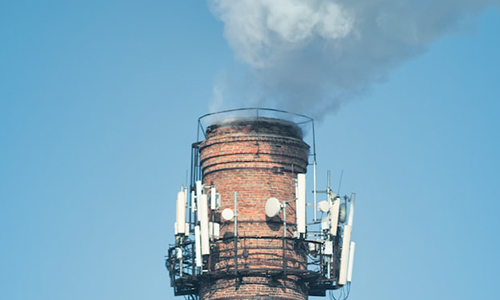
In situations where temperature resistance is necessary, fluoropolymers aid in the creation of nonstick surfaces. They are utilized in gaskets, seals, valves, etc.
They are essential for maintaining the security of various pieces of machinery and chemical systems, as well as public and employee safety since they provide corrosion resistance in systems that work with corrosive materials, especially for lining chemical holding tanks. In doing so, they help enterprises by boosting output and reducing the risk of accidents.
Electronics and Semiconductor Manufacturing

Fluoropolymers are essential in the production of semiconductors. Fluoropolymer resins are used in semiconductors to shield systems and equipment from ionic and chemical pollution.
Due to their insulating properties, they are also used to make wire and cable insulation. Their chemical purity assures the longevity of microprocessors and smaller electronic equipment.
Telecommunications
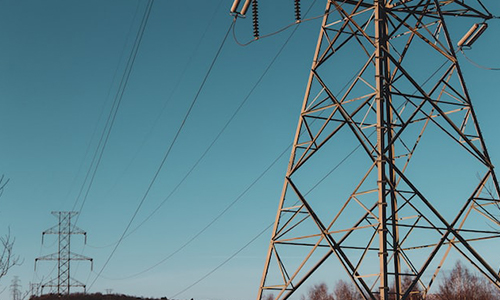
Fluoropolymer resins and coatings are utilized in manufacturing various equipment used in the telecommunication industry such as processors, sensors, fiber optic cables, cable insulation, and connectors. Data or LAN cables are also manufactured using fluoropolymers. They are highly useful in this industry since their chemical and thermal resistance is unmatched. Thus fluoropolymers keep our complex web of communications functioning.
Industrial Use

In industrial manufacturing, these chemicals are used often. Fluoropolymer resins are frequently utilized in large-scale construction locations, partly due to their capacity to block out water and form a more-or-less impenetrable barrier to the elements.
For example, they are used in coatings for coastal storage tanks, water towers, and bridges. In addition to being used on boats and ships, offshore tanks, industrial, marine equipment, and platforms, resin coatings that comprise these polymers are also widely used in marine environments. The coating creates a smooth surface that deters corrosion from minerals, salts, airborne dirt, pollution, and acid rain.
Conclusion
Wrapping up, this blog discusses the various types of fluoropolymers. Due to their excellent features like electrical and water resistance, and high thermal stability, they are used extensively in multiple sectors.
One of the widely used fluoropolymers is PTFE, due to its extreme versatility. Since it is used across industries and is such a vital part of most of them, having a reliable supplier that manufactures quality PTFE parts is essential. With their intensive research and experience with fluoroplastics, Dechengwang is the answer to all your needs, contact them today to learn more on the subject.

